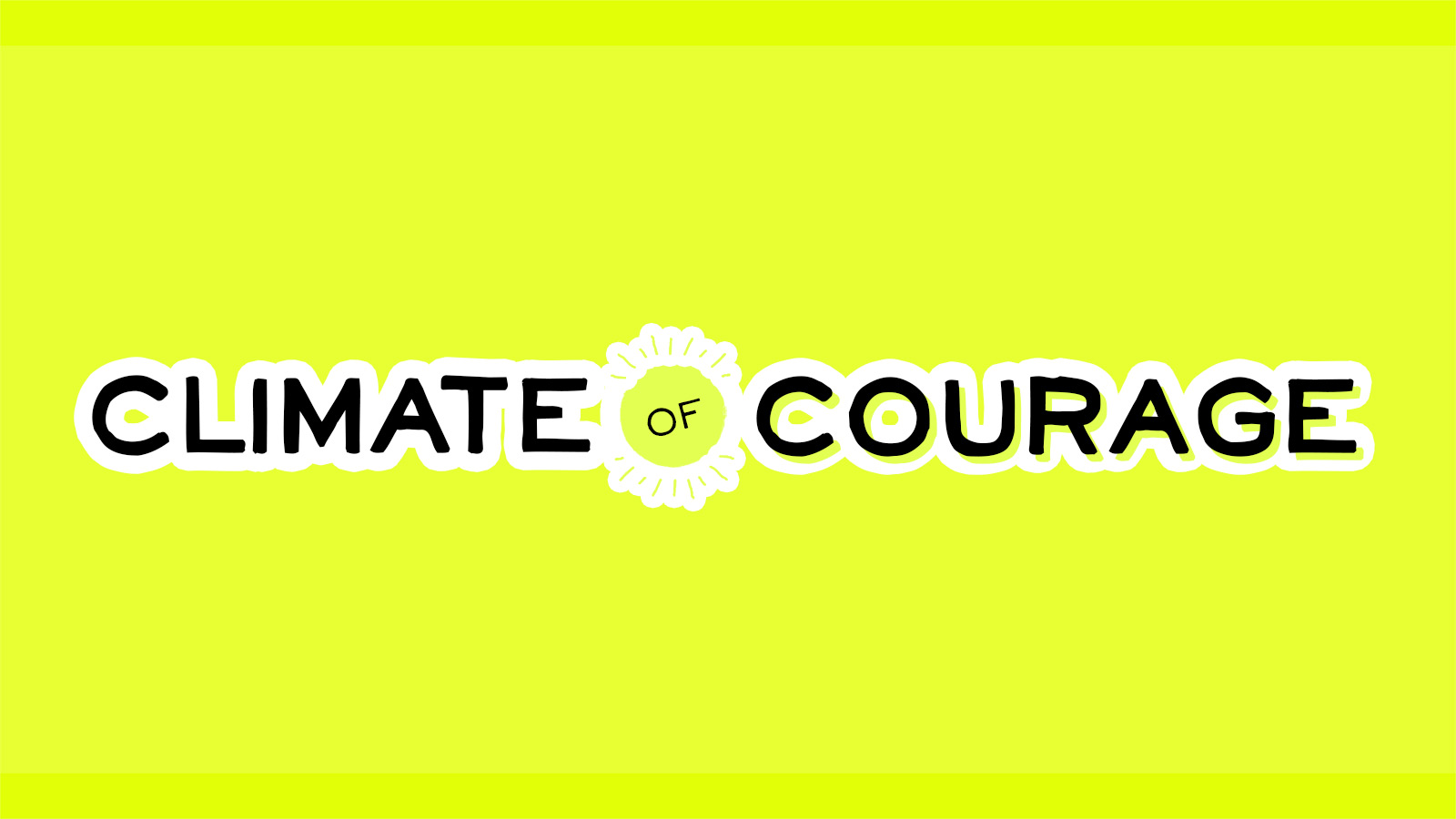With the specifics of a Green New Deal finally coming together, there’s an increasingly mainstream vision that was unthinkable just a year or so ago: The United States should have an entirely carbon neutral economy by 2030.
A carbon-free economy is a taller task than even most activists realize, and recent reports indicate that the Green New Deal may allow for some fossil fuel use to continue — perhaps along with carbon removal technology. Still, making the country carbon neutral is a huge undertaking. It would mean rapidly decarbonizing our power generation, which currently makes up about a quarter of our emissions, and phasing out oil use from cars, trucks, boats, and aircraft, which makes up almost a third. And it would mean plenty of things people usually don’t talk about, like finding alternatives to fossil fuel-based fertilizers and finding new processes for cement production. It’s a total overhaul of our entire economy on an emergency timescale. It’s exactly what science says must happen.
Assembling this vision was the easy part, though it’s still definitely an ongoing fight. For the Green New Deal to go into effect, it has to become law.
Last week, the Atlantic’s Robinson Meyer had a daunting piece that put this process in stark perspective.
To get a Green New Deal, Meyer said, Democrats must win the White House and the Senate, retain the House, change the rules of the Senate to allow bold legislation to pass with a simple majority, and maybe even add a few more states (like D.C. or Puerto Rico) to the union to account for moderate Democrats who won’t be swayed.
After all that, Meyer still gives reason for hope: “If the past few years have shown anything, it’s that the unlikely, the aggressive, and the unprecedented can come to pass.”
Our time demands courage, and we’re now starting to understand the specifics of what we’re being asked to do.



